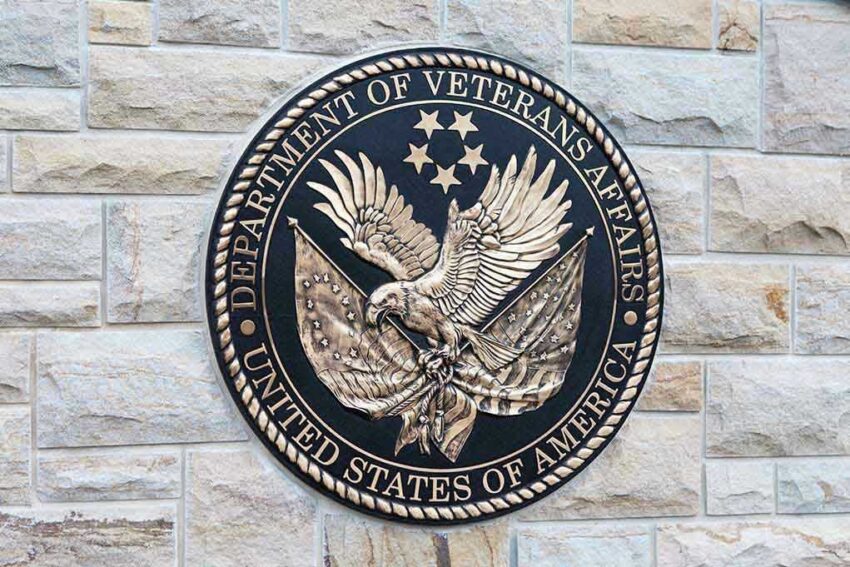Veterans across America now face record-breaking wait times and declining care as government-run medical centers spiral into the worst staffing crisis in their history, exposing the real cost of bureaucratic mismanagement and policy-driven chaos.
Story Snapshot
- Severe staffing shortages at all 139 VA medical centers have jumped 50% in just one year, hitting both doctors and frontline staff.
- Workforce cuts and hiring freezes are colliding with surging demand from new veteran eligibility laws, creating a perfect storm for care delays.
- Veteran advocates and lawmakers warn of a looming collapse in VA care quality, especially in rural and underserved communities.
- Policy mandates aimed at “right-sizing” the workforce are meeting fierce criticism for undermining health access and conservative values of accountability.
VA Staffing Crisis Intensifies After New Policy Changes
In 2025, the Department of Veterans Affairs has reported a staggering 50% surge in severe staffing shortages, with 4,434 critical positions unfilled across all 139 VA medical centers. This is the single largest year-over-year increase since official reporting began over a decade ago. The most acute shortages hit doctors, nurses, and psychologists, but even nonclinical roles like security staff are now in short supply, raising concerns about both patient safety and care quality.
Watchdog: VA Hospitals Finding It Harder to Fill Jobs https://t.co/nJObB9J50q
— ConservativeLibrarian (@ConserLibrarian) August 13, 2025
Multiple factors have driven this crisis to new heights. Following the 2022 PACT Act, which expanded eligibility for veterans exposed to toxic substances, demand for care has skyrocketed. At the same time, VA leadership has moved forward with deep workforce reductions, announcing plans to shed nearly 30,000 staff by the end of 2025—primarily through hiring freezes and attrition. These cuts come as the VA already lost 17,000 workers in just the first half of this year, further straining an already overburdened system.
Legislative Mandates and Bureaucratic Hurdles Compound Shortages
Congress passed the Veterans Access, Choice, and Accountability Act in 2014 and the VA Choice and Quality Employment Act in 2017, both intended to make hiring easier and more flexible. Yet watchdog reports show these mandates have failed to resolve long-standing recruitment and retention problems. The VA’s hiring process remains bogged down by red tape, and competition from private sector hospitals has only intensified, especially for medical professionals. Rural and underserved communities, where many veterans live, are hit hardest by these shortages.
Past efforts to solve the problem have repeatedly fallen short. Even as Congress tries to provide more oversight and funding, the real-world result is mounting frustration among veterans, their families, and frontline staff. Chronic shortages have persisted for decades, but the current confluence of policy-driven workforce reductions and ever-increasing patient loads is unprecedented. This bureaucratic inertia not only erodes faith in government but also puts the lives of those who served at risk.
Consequences for Veterans and American Communities
Short-term impacts are already being felt: veterans are waiting longer for appointments, facing reduced availability for specialty care, and encountering overworked staff stretched to the breaking point. Burnout among remaining VA employees is rising, increasing the risk of further departures and compounding the crisis. For veterans with complex or urgent health needs—especially in rural areas—delays can mean the difference between life and death.
The long-term risks are even more serious. Experts warn that continued shortages could systematically erode the VA’s capacity to deliver care, making it harder to recruit and retain qualified staff. This may force more veterans into the private healthcare system, raising costs for taxpayers and undermining the promise America made to those who wore the uniform. Public trust in the VA system is at risk, and the fallout is likely to be felt in communities nationwide.
Accountability, Fiscal Reality, and the Path Forward
VA leadership describes workforce cuts as “right-sizing” to meet budget targets, emphasizing attrition over layoffs, but critics say this approach ignores the real needs of veterans and frontline staff. Congressional leaders and veteran advocates have sounded the alarm, demanding action to protect care quality and access. Watchdog reports highlight that, despite expanded hiring authorities, structural and policy obstacles remain unaddressed.
Watchdog: VA Hospitals Finding It Harder to Fill Jobs https://t.co/0Bif48ZQEa
— Maggie5 (@PriDFar1) August 13, 2025
As America debates the future of veteran healthcare, conservative voices are calling for greater accountability, less bureaucracy, and a renewed focus on the core mission: serving those who served. Without decisive action to resolve these shortages, the risk is not only a decline in care but a deeper erosion of public trust in government institutions. For many, this crisis is a stark warning about the dangers of unchecked bureaucracy, government overreach, and policy decisions that put politics above people.
Sources:
VA Workforce Cuts: Impact on Veterans’ Healthcare
OIG Report: VHA Severe Staffing Shortages, August 2025 (PDF)
Ranking Member Takano Statement on Severe VA Staffing Shortages
Click this link for the original source of this article.
Author: Editor
This content is courtesy of, and owned and copyrighted by, https://www.rightwing.org and its author. This content is made available by use of the public RSS feed offered by the host site and is used for educational purposes only. If you are the author or represent the host site and would like this content removed now and in the future, please contact USSANews.com using the email address in the Contact page found in the website menu.








